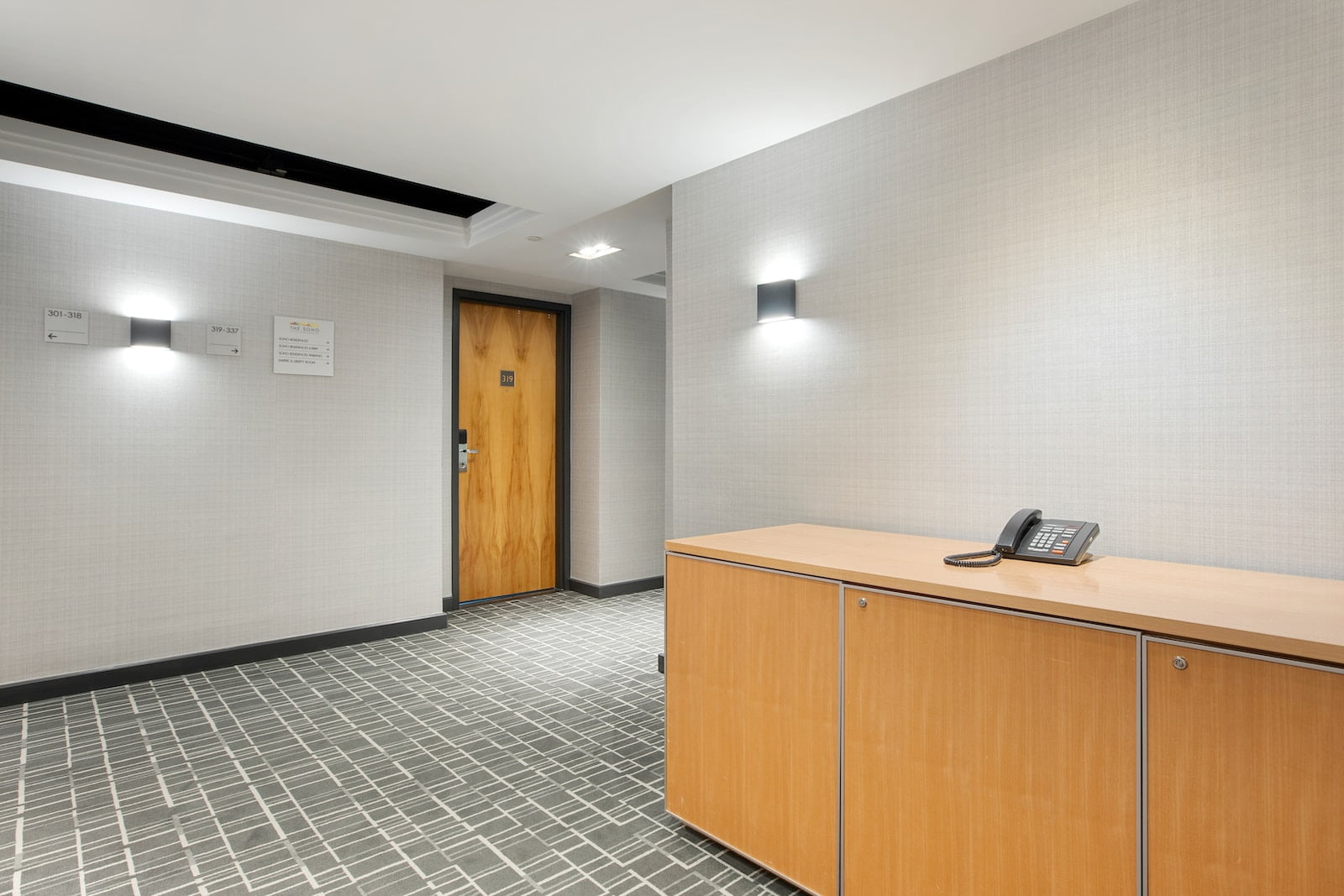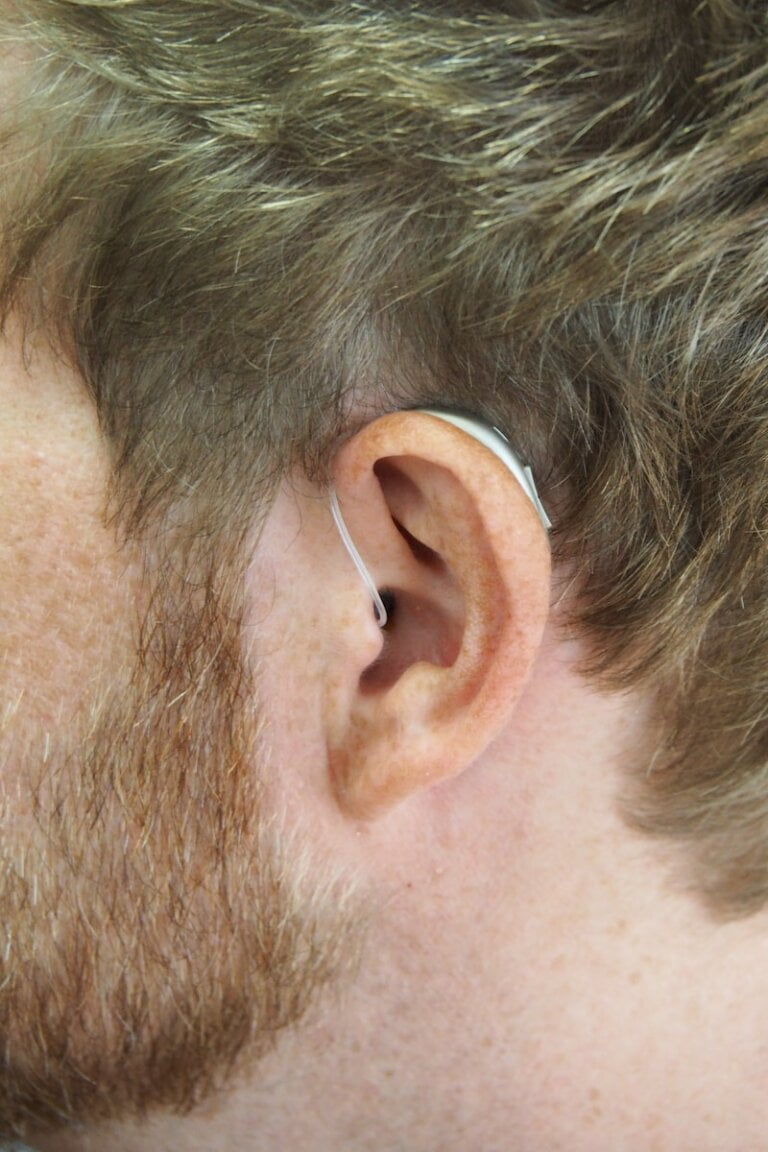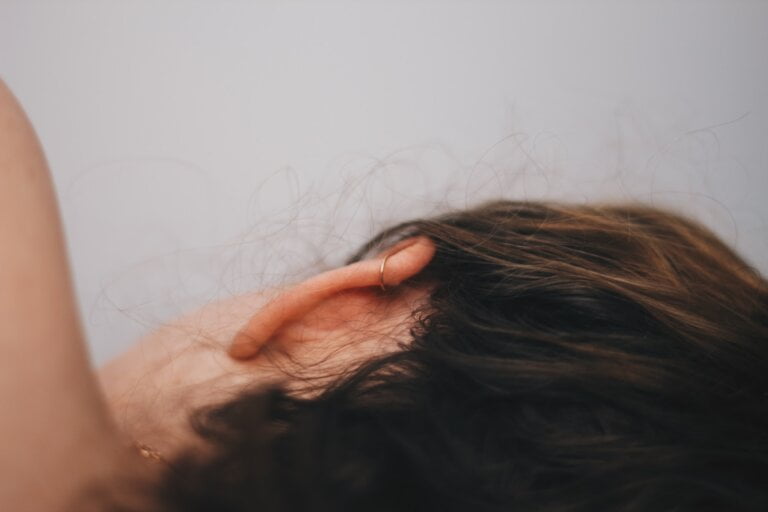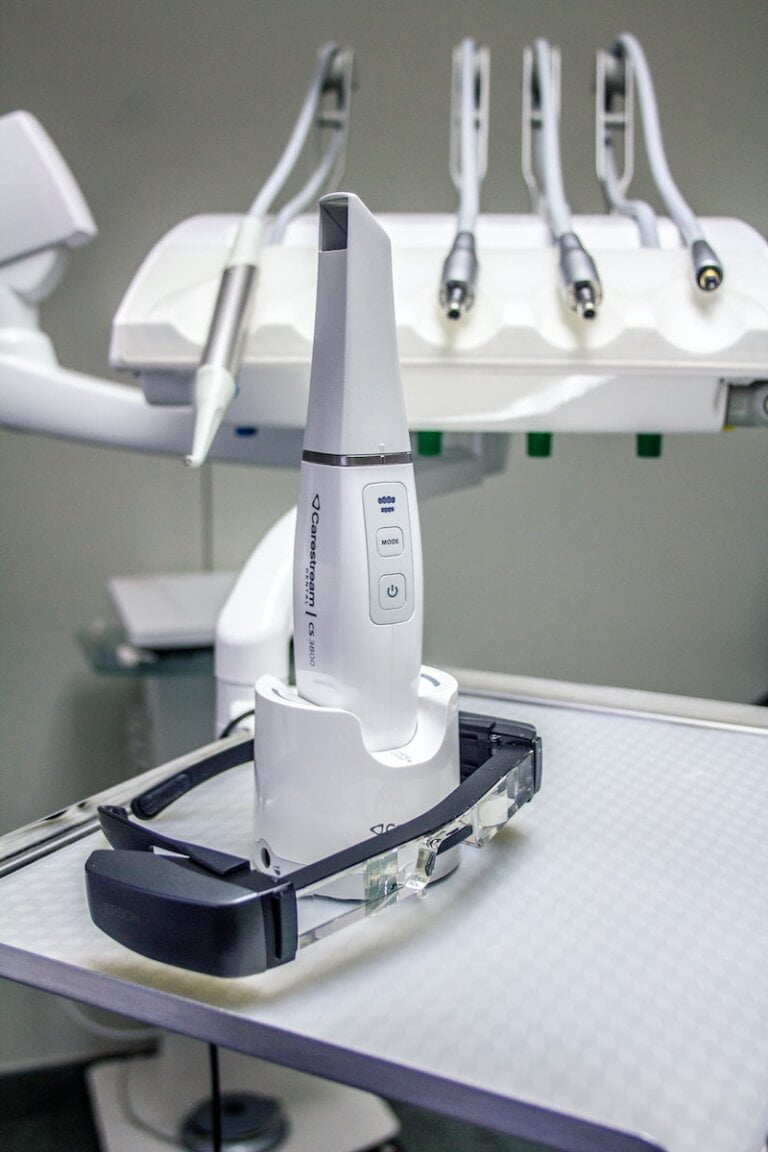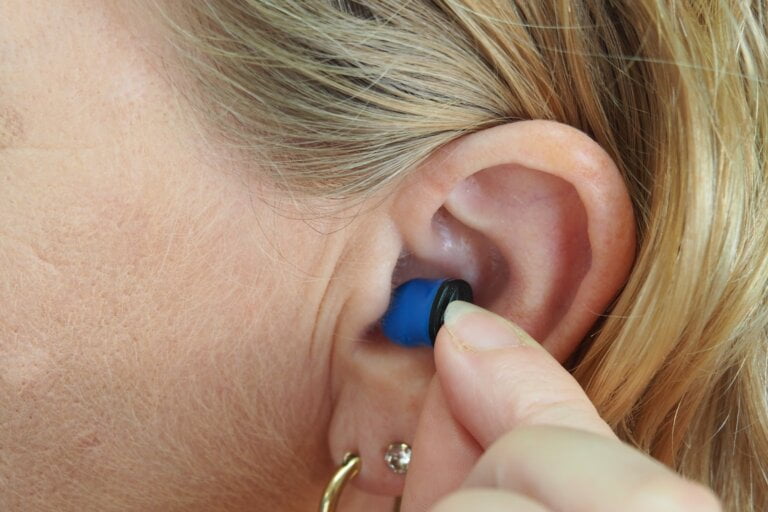Step-by-Step: Safe and Simple Methods for Cleaning Your Ears
Last Updated on 25th April 2024 by Admin
Our ears play a crucial role in our daily lives, allowing us to hear and experience the world around us. It is important to keep our ears clean to maintain good ear health and prevent any potential complications. In this article, we will explore safe and simple methods for cleaning your ears, ensuring a comfortable and effective cleaning experience.
Why is Ear Cleaning Important?
Before we delve into the step-by-step methods, let’s understand why ear cleaning is important. Our ears naturally produce earwax, also known as cerumen, which helps to lubricate and protect the ear canal. However, excessive earwax buildup can lead to various issues such as hearing loss, earaches, dizziness, and even infections.
Regular ear cleaning helps prevent these complications, and it can also improve your overall hearing ability. By keeping your ears clean, you can ensure that sound waves reach your eardrum properly, allowing you to enjoy clear and unrestricted hearing.
The Role of Earwax
Earwax serves as a natural protective barrier for the ear canal. It helps to trap dust, dirt, and other foreign particles, preventing them from reaching the delicate parts of the ear. Additionally, earwax has antibacterial properties that help kill harmful bacteria.
However, when earwax accumulates excessively, it can become impacted and cause discomfort and hearing problems. This is why regular ear cleaning is necessary to maintain a healthy balance of earwax and prevent any complications.
The Importance of Hearing Health
Our ability to hear is vital for communication, learning, and overall well-being. By keeping our ears clean, we can ensure that our hearing remains sharp and unobstructed. Hearing loss and other ear-related issues can significantly impact our quality of life, so it’s crucial to prioritize ear cleaning as a part of our overall health routine.
Method 1: Cleaning with Warm Water
One of the safest and simplest methods to clean your ears is by using warm water. Here’s a step-by-step guide on how to do it properly:
- Start by collecting the necessary supplies: a clean towel, a bowl of warm water, and a dropper or syringe.
- Gently wet the towel with warm water and wring out any excess.
- Sit in a comfortable position with your head tilted to the side, allowing the affected ear to face up.
Additional Tips:
- Ensure that the water is comfortably warm, but not hot, to prevent any discomfort or burning sensation in the ear.
- If you prefer, you can add a few drops of hydrogen peroxide or saline solution to the warm water to enhance its cleaning properties.
- Using the dropper or syringe, carefully pour a few drops of warm water into your ear canal. Make sure not to insert it too forcefully or deeply to avoid causing any damage.
Additional Tips:
- Tilt your head slightly downward to allow gravity to assist in the flow of water into the ear canal.
- If you experience any pain or discomfort during the process, stop immediately and consult a healthcare professional.
- Maintain the position for a few minutes, allowing the warm water to soften the earwax.
Additional Tips:
- Gently massage the area behind your ear to help the water penetrate deeper into the ear canal and loosen the earwax.
- After a few minutes, tilt your head in the opposite direction, allowing the water and earwax to drain out onto the towel.
Additional Tips:
- To facilitate the drainage, you can gently pull your earlobe in different directions.
- Use the towel to gently wipe away any residual water or earwax around the outer ear. Avoid using cotton swabs as they can push the wax further into the ear canal.
Additional Tips:
- Pat dry the ear instead of rubbing vigorously to avoid irritation.
Method 2: Cleaning with Mineral Oil
If you have stubborn earwax buildup, using mineral oil can help soften and remove it effectively. Follow these steps for a safe and simple ear cleaning using mineral oil:
- Gather the necessary supplies: mineral oil, a clean towel, an eyedropper, and a bulb syringe.
- Lie down on your side or tilt your head to the side, so the affected ear is facing up.
- Warm the mineral oil by placing the bottle in a container of warm water for a few minutes.
Additional Tips:
- Check the temperature of the mineral oil on the inside of your wrist before using it to ensure it is comfortably warm.
- Using the eyedropper, carefully place a few drops of warm mineral oil into your ear canal. Ensure that the oil reaches the wax and covers it entirely.
Additional Tips:
- If you don’t have an eyedropper, you can soak a small cotton ball in the warm mineral oil and gently squeeze a few drops into the ear.
- Stay in the same position for approximately 5 to 10 minutes to allow the oil to soften the earwax.
Additional Tips:
- Cover your ear with a clean towel or use a cotton ball to prevent the oil from dripping out.
- After the designated time, tilt your head in the opposite direction to let the oil and loosened earwax drain onto the towel.
Additional Tips:
- Gently massage the area around your ear to facilitate the movement of the oil and earwax out of the canal.
- Use the bulb syringe filled with warm water to gently flush out the softened wax from your ear. Be sure to follow the manufacturer’s instructions on how to use the syringe properly.
Additional Tips:
- Position the syringe tip at the entrance of the ear canal, and with gentle pressure, squeeze the water into the ear.
- Wipe away any excess oil or water from the outer ear using the clean towel.
Additional Tips:
- You can use a hairdryer on the lowest setting, held at arm’s length, to help evaporate any remaining moisture in your ear.
Method 3: Cleaning with Over-the-Counter Ear Drops
Over-the-counter ear drops are readily available and can aid in the removal of excess earwax safely. Here’s a step-by-step guide to using ear drops for ear cleaning:
- Purchase over-the-counter ear drops specifically designed for earwax removal. Ensure that they are suitable for your needs and follow the instructions provided on the packaging.
Additional Tips:
- Look for ear drops that contain ingredients like carbamide peroxide or hydrogen peroxide, as they help soften and break down the earwax.
- Read and understand the instructions thoroughly before using the ear drops.
Additional Tips:
- If you have any questions or concerns, consult a pharmacist or healthcare professional for guidance.
- Prepare the necessary supplies: the ear drops, a clean towel, and a cotton ball.
- Tilt your head or lie down with the affected ear facing up.
Additional Tips:
- Place a towel or cloth beneath your ear to catch any drips.
- Carefully follow the recommended dosage of ear drops and administer them into your ear canal.
Additional Tips:
- Warm the ear drops by holding the bottle in your hand for a few minutes to enhance the effectiveness of the drops.
- Stay in the same position for the specified time, allowing the drops to soften the earwax.
Additional Tips:
- Gently press the tragus (the small protruding part in front of the ear canal) a few times to help the drops reach deeper into the ear.
- After the designated time, tilt your head in the opposite direction to allow the drops and loosened wax to drain onto the towel.
Additional Tips:
- You can lightly tug on your earlobe or gently massage the area behind your ear to encourage the flow of the drops and wax out of the ear canal.
- Use a clean cotton ball to gently wipe away any remaining earwax near the outer ear.
Additional Tips:
- Avoid inserting the cotton ball into the ear canal to prevent pushing the earwax further inside.
Precautions and Tips for Ear Cleaning
While these methods are generally safe, it’s essential to keep a few precautions and tips in mind when cleaning your ears:
- Avoid using any sharp objects or cotton swabs to clean your ears, as they can damage the ear canal or push the wax deeper.
Additional Tips:
-
Stick to using the methods mentioned in this article or consult a healthcare professional for specialized tools or procedures, if necessary.
-
Do not attempt ear cleaning if you have a history of ear infections, a ruptured eardrum, or if you’re experiencing any pain or discomfort. In such cases, consult a healthcare professional.
Additional Tips:
-
They can evaluate your condition and provide appropriate treatment or advice.
-
If you have a tendency to produce excessive earwax, it is advisable to consult a healthcare professional regularly to monitor and clean your ears if needed.
Additional Tips:
-
They can determine the frequency of cleaning required based on your individual needs.
-
Keep your ears dry to prevent infections. Use earplugs when swimming or showering to minimize water exposure.
Additional Tips:
-
Dry your ears thoroughly after exposure to water by tilting your head to each side and gently pulling on your earlobe to encourage drainage.
-
Do not over-clean your ears. Excessive cleaning can lead to dryness, irritation, and disrupt the natural balance of earwax production.
Additional Tips:
- Follow a regular ear cleaning routine based on your healthcare professional’s recommendations to maintain optimal ear health.
By following these safe and simple methods, you can maintain good ear health and ensure optimal hearing ability. Remember, if you have any concerns or persistent issues regarding your ears, it is always best to seek professional advice from a healthcare provider.
1. Why is ear cleaning important?
Regular ear cleaning is important to prevent complications such as hearing loss, earaches, dizziness, and infections. It also helps improve overall hearing ability.
2. What is the role of earwax?
Earwax serves as a natural protective barrier for the ear canal. It traps dust, dirt, and foreign particles, and has antibacterial properties that help kill harmful bacteria.
3. How can I clean my ears with warm water?
To clean your ears with warm water, you can follow these steps:
- Collect necessary supplies: a clean towel, a bowl of warm water, and a dropper or syringe.
- Wet the towel with warm water.
- Sit in a comfortable position with your head tilted to the side.
- Carefully pour a few drops of warm water into your ear canal.
- Maintain the position for a few minutes, allowing the water to soften the earwax.
- Tilt your head in the opposite direction to let the water and earwax drain out.
- Gently wipe away residual water or earwax around the outer ear.
4. How can I clean my ears with mineral oil?
To clean your ears with mineral oil, you can follow these steps:
- Gather necessary supplies: mineral oil, a clean towel, an eyedropper, and a bulb syringe.
- Lie down on your side or tilt your head to the side.
- Warm the mineral oil by placing the bottle in warm water.
- Carefully place a few drops of warm mineral oil into your ear canal.
- Stay in the same position for 5 to 10 minutes to allow the oil to soften the earwax.
- Tilt your head in the opposite direction to let the oil and loosened earwax drain out.
- Use the bulb syringe filled with warm water to gently flush out the softened wax.
- Wipe away any excess oil or water from the outer ear.

